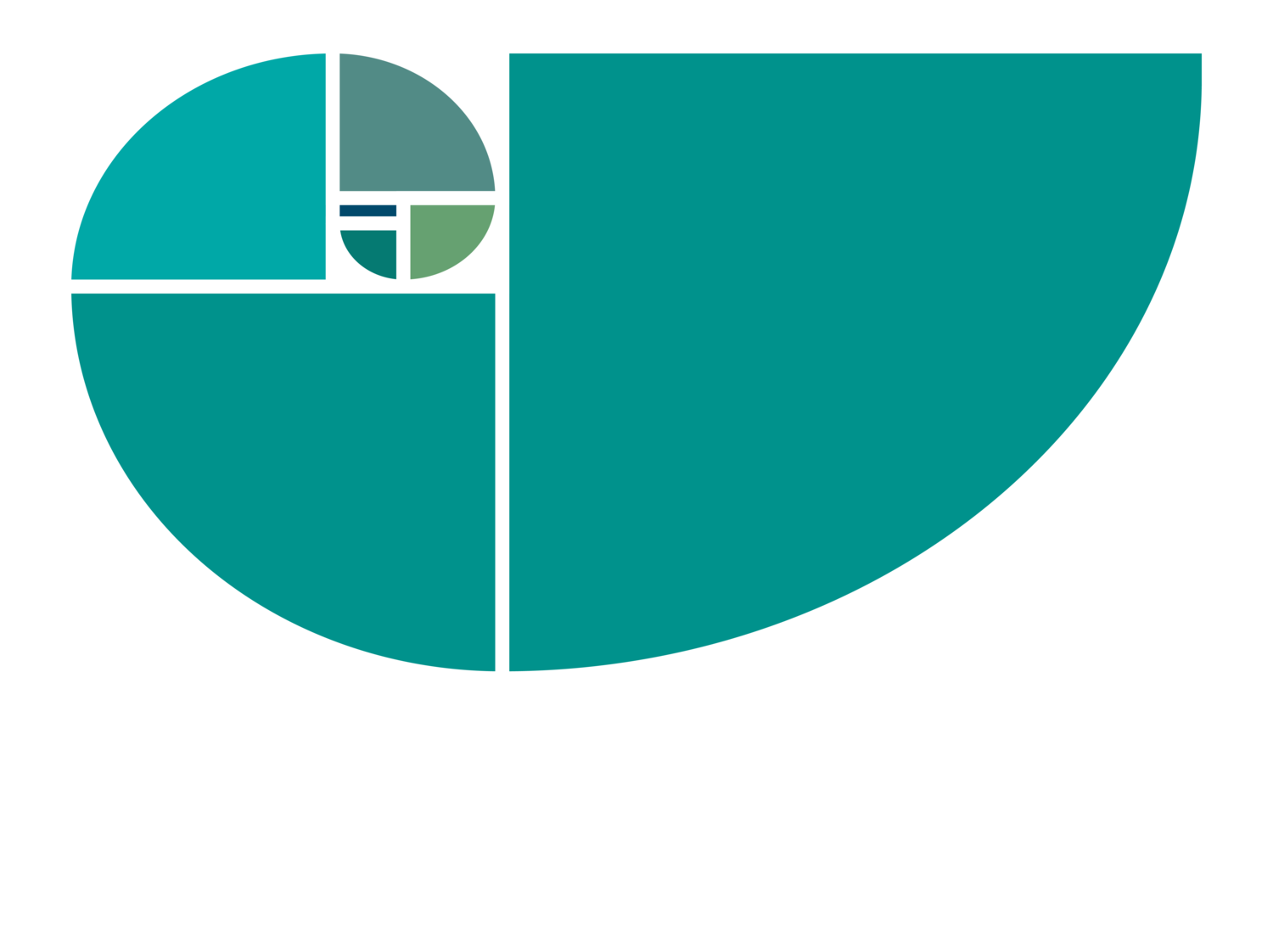What if I told you that 64 percent of employees trust robots more than they do their managers? That half of employees have turned to a robot for advice rather than their manager. These are the findings of a 2019 survey from Oracle and Future Workplace.
Robots are competent, internally consistent, reliable, and connected to us and our needs. If our spaceship were going off course and R2-D2* rolled up to us, wouldn’t we trust him to save the day? Don’t we ask Alexa and Siri for advice?
Artificial intelligence is augmenting the workplace in many ways, but these findings indicate that managers have work to do in order to earn the trust of their people.
Without trust we lack the ability to:
Resolve conflict
Handle miscommunications effectively
Motivate people to do good work
Tell the truth about what’s not working
Respond quickly to environmental, community or market changes
Be resilient
Engage compassionately to solve the most important issues
Trust is a critical link to all good relationships, both professional and personal. Yet, trust is not fixed. Through our actions, we gain and lose it. Being a mom gave me insight into how to build trust and be trustworthy.
I once confided in an older woman that I felt confused about how to build a trusting relationship with my young children. I saw unrestrained kids stepping right into the street without looking. Their yelling parents clearly couldn’t trust them. I saw other kids so tightly controlled their spirit seemed stuffed into only one mode of behavior—obedience. There was little trust there.
Thoughtful for a minute, the older woman suggested that I choose a few things that really matter — safety, kindness, keeping agreements, for example — and be unwavering on these. She continued, “Beyond that, trust them, who they are, their desire to embrace life, and their experience of what works and what doesn’t. Life is constant cycles of feedback. They will learn.”
Her advice wasn’t always easy to follow but, in my core, I chose to trust my children. I also built their trust in me so that even when we disagreed, we kept talking. Now that I’m the age of that older woman, and I can see the positive strong adults our children have become, we are reaping the benefits of that trust.
We can’t force someone to trust us. And conversely, they can’t force us to trust them. Trust takes time to form and even longer to rebuild once broken - a long time whether we are parents or leaders building a high performing team.
As my clients learn to shift low-trust relationships to high-trust relationships, they are able to effectively communicate, ask for and hear the truth, and motivate their teams to wholeheartedly fulfill commitments to partners, customers, community, and each other.
Trust is best understood by looking at a specific arena in which we are trying to coordinate action with someone else.
Reflect on a time when you experienced a high degree of trust. Consider the conditions and attributes that engendered your trust.
What did you do—or not do—that built the other person’s trust in you?
What did they do – or not do – that built your trust in them?
These ABCD’s show us how we build or lose trust in our relationships – both at home and in the workplace.
Ken Blanchard and Cynthia Olmstead wrote a marvelous fable in their book Trustworks! The fighting, backbiting and sabotaging between a dog and a cat nearly get them thrown out of the household until the family parrot teaches them the ABCD’s of trust.
These apply to everyone - cats and dogs, moms and dads, managers and leaders, and even robots. As you read through these, substitute your own name – or the name of someone on your staff, team, or a manager to discover where trust is present, and what is missing for more trust.
ABLE—DEMONSTRATES COMPETENCE Knows how to get the job done. Produces results. Equips people with the resources they need.
BELIEVABLE—ACTS WITH INTEGRITY Is sincere and internally consistent with others. Creates and follows workable processes. Actions align with stated values.
CONNECTED—CARES ABOUT OTHERS Focuses on people and looks after their needs and interests. Openly shares information. Asks questions and listen to diverse points of view.
DEPENDABLE—MAINTAINS RELIABILITY Accountable for actions. Follows through on promises. Is predictable. If a project can’t be delivered on time, proactively renegotiates agreements.
Give Yourself a Test. Pick a person from your work or life. For each ABCD of trust, assess yourself on a scale of 1-5 as you imagine that person assesses their level of trust in you. Give an example or two for the scores you believe this person would give you.
Then, test your assumptions. Seek them out for feedback to build more trust in your relationship with them. If there has been a breach of trust, do what you need to do to repair that trust.
CONCLUSION
The costs of low trust or mistrust are high. The skills for building, repairing and sustaining trust are at your disposal, when you ask for feedback and learn from what you hear.
Consciously building trust creates a generative cycle where trust leads to more trust. It’s amazing how well we can work together when trust gives rise to a true sense of community where we find gentleness, decency, and bravery and a newfound capacity to respond to the environmental and social crisis we face.
Trust doesn’t just happen, and it can be very fragile once it is earned. As a leader, when you earn it and keep it, it is more valuable than gold.
(In case you were wondering…R2-D2 is a beloved droid who saves the day in each episode of the Star Wars saga.)

